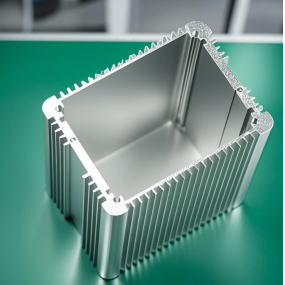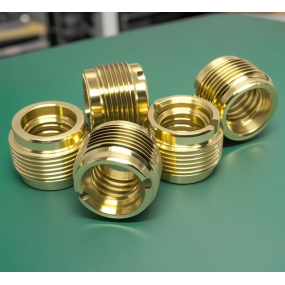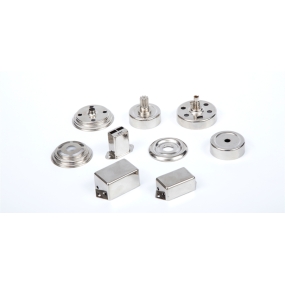The application of numerical control technology in China has not only brought revolutionary changes to traditional manufacturing industry, making it a symbol of industrialization, but also played an increasingly important role in the development of some important industries for national economy and people's livelihood (IT, automotive, light industry, medical, etc.) with the continuous development of numerical control technology and the expansion of application fields, because the digitization of equipment required by these industries has become a major trend in modern development. The current development trend of CNC lathes is as follows.
1. High speed and high precision
High speed and precision are the eternal goals of machine tool development. With the rapid development of science and technology, the speed of updating and upgrading mechanical and electrical products is accelerating, and the requirements for the accuracy and surface quality of part processing are also increasing.
2. High reliability
The reliability of CNC machine tools is a key indicator of the quality of CNC machine tool products. Whether CNC machine tools can achieve high performance, high precision, and high efficiency, and obtain good benefits, depends crucially on their reliability.
3. CAD based design and modular structural design for CNC lathes
With the popularization of computer applications and the development of software technology, CAD technology has been widely developed. CAD can not only replace manual labor to complete tedious drawing work, but more importantly, it can select design schemes and analyze, calculate, predict, and optimize the static and dynamic characteristics of large and complete machines. It can also perform dynamic simulation and emulation of various working components of the whole machine.
4. Functional compounding
The purpose of functional modularization is to further improve the production efficiency of machine tools and minimize the time used for non machining assistance. Through the compounding of functions, the range of use of machine tools can be expanded, efficiency can be improved, and one machine can be used for multiple purposes and functions. That is, one CNC lathe can achieve both turning and milling functions; Grinding processing can also be achieved on milling based machine tools.
5. Intelligence, networking, flexibility, and integration
The CNC equipment of the 21st century will be a system with certain intelligence. The content of intelligence includes various aspects in numerical control systems, such as adaptive control of the machining process and automatic generation of process parameters, in order to pursue intelligence in machining efficiency and machining quality.


 Spanish
Spanish Arabic
Arabic French
French Portuguese
Portuguese Belarusian
Belarusian Japanese
Japanese Russian
Russian Malay
Malay Icelandic
Icelandic Bulgarian
Bulgarian Azerbaijani
Azerbaijani Estonian
Estonian Irish
Irish Polish
Polish Persian
Persian Boolean
Boolean Danish
Danish German
German Filipino
Filipino Finnish
Finnish Korean
Korean Dutch
Dutch Galician
Galician Catalan
Catalan Czech
Czech Croatian
Croatian Latin
Latin Latvian
Latvian Romanian
Romanian Maltese
Maltese Macedonian
Macedonian Norwegian
Norwegian Swedish
Swedish Serbian
Serbian Slovak
Slovak Slovenian
Slovenian Swahili
Swahili Thai
Thai Turkish
Turkish Welsh
Welsh Urdu
Urdu Ukrainian
Ukrainian Greek
Greek Hungarian
Hungarian Italian
Italian Yiddish
Yiddish Indonesian
Indonesian Vietnamese
Vietnamese Haitian Creole
Haitian Creole Spanish Basque
Spanish Basque











